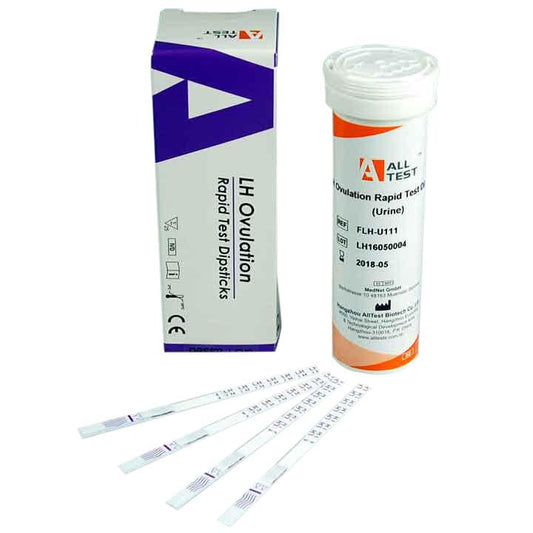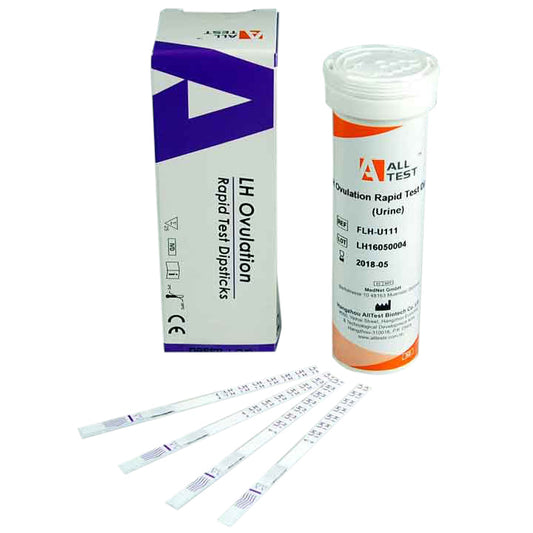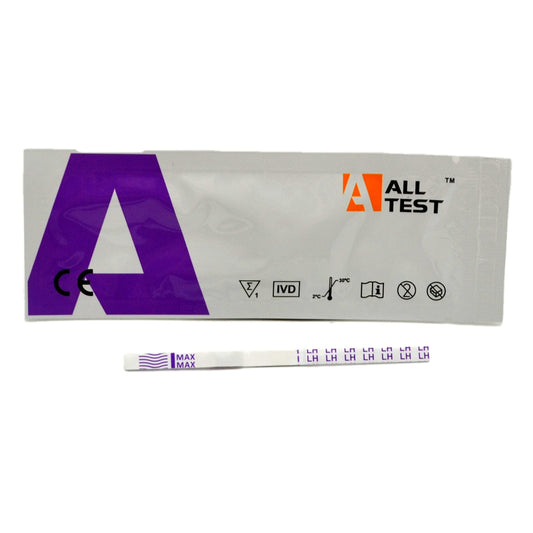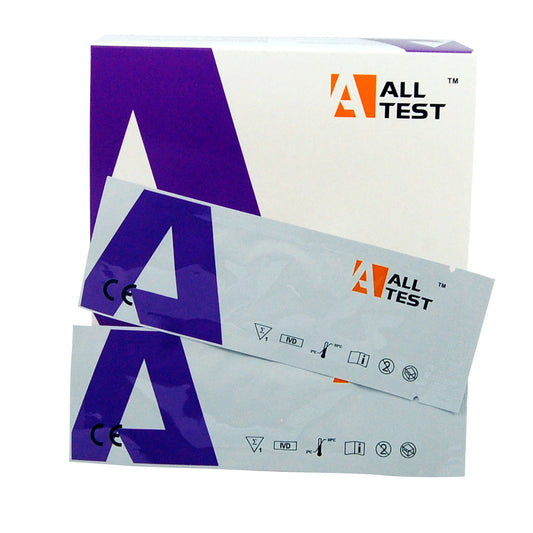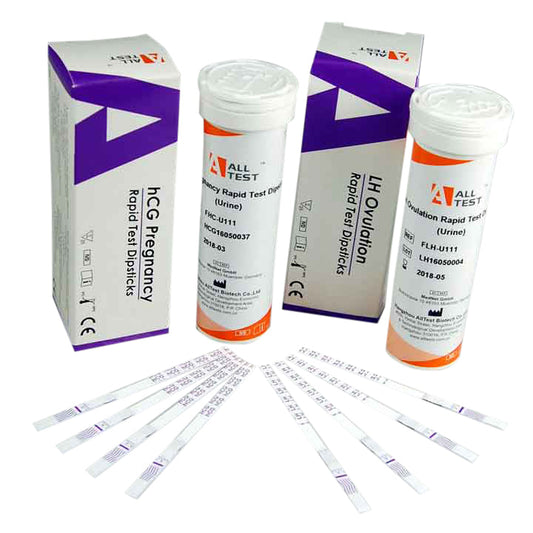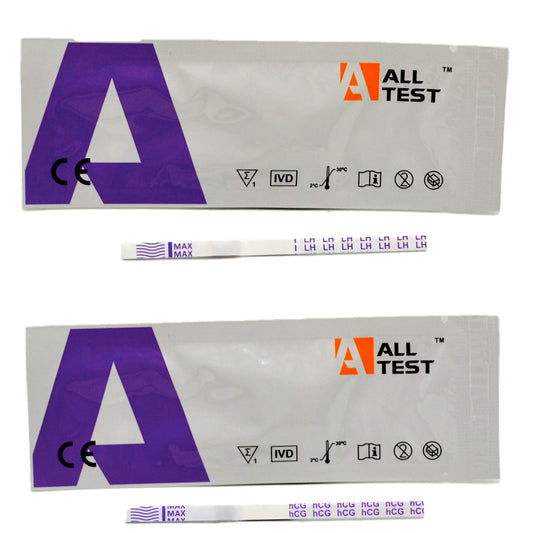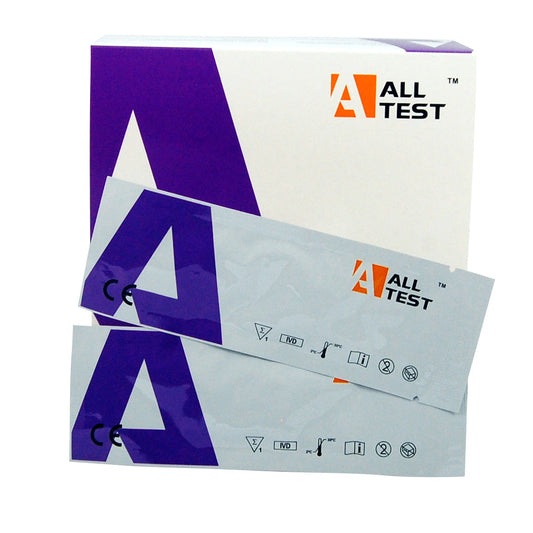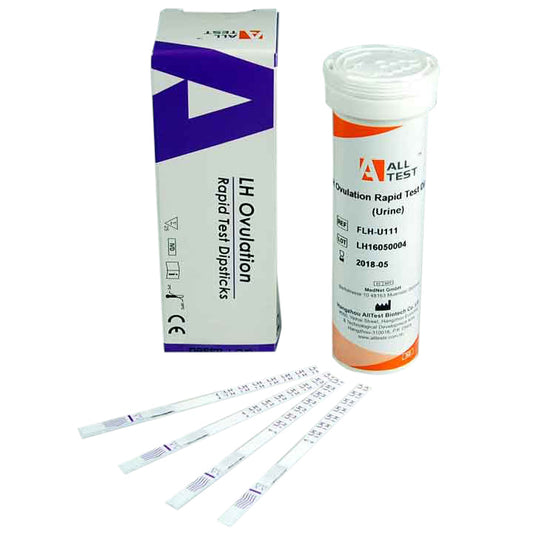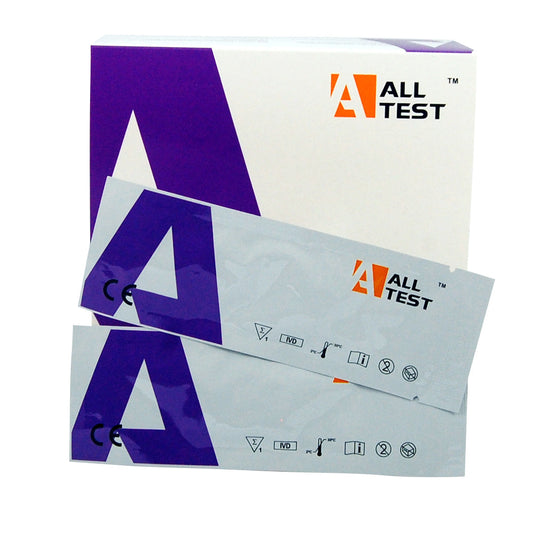Extra Sensitive Ovulation Test Strips -LH Ovulation Strips
Ovulation test strips are a type of home test used to determine when a woman is most fertile, or when she is ovulating. Ovulation is the process of releasing an egg from the ovary, and it is the time when a woman is most likely to become pregnant. Ovulation test strips work by detecting the presence of luteinizing hormone (LH) in a woman's urine. LH is a hormone that surges just before ovulation, signaling the ovary to release an egg.
What are extra sensitive ovulation test strips?
Extra sensitive ovulation tests, also known as highly sensitive ovulation predictor kits (OPKs), are designed to detect the surge in luteinising hormone (LH) that occurs just before ovulation with greater accuracy and precision compared to standard sensitivity OPKs.
LH is a hormone produced by the pituitary gland, and its levels typically surge about 24 to 48 hours before ovulation, triggering the release of the mature egg from the ovary. By detecting this LH surge, ovulation tests can help predict when ovulation is about to occur, thus indicating the most fertile period in a woman's menstrual cycle.
Extra sensitive ovulation tests (25miu sensitivity) are particularly useful for women with irregular cycles or those who may have difficulty detecting their LH surge with standard OPKs (40miu sensitivity). These tests are often more sensitive to lower levels of LH, allowing for earlier detection of the LH surge and potentially providing a longer window of opportunity for conception.
How to use extra sensitive ovulation test strips
It's important to follow the instructions provided with the ovulation test strips carefully to ensure accurate results. Typically, the test involves collecting a urine sample and then either dipping a test strip into the sample or using a midstream urine application method. The test is then read according to the manufacturer's instructions, usually within a specified timeframe.
Bulk packs of extra sensitive ovulation strips available to buy online
Professional high accuracy, 99.9% accurate, fully accredited ovulation test strips in bulk packs, ideal for fertility clinics, medical research and frequent home ovulation testing.

